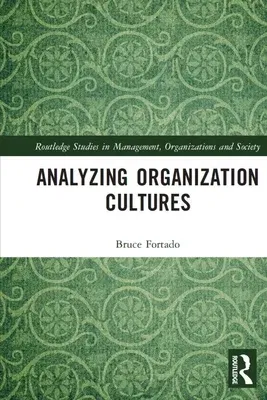Certain consultants argue leaders can quickly, easily, and considerably
alter their organization cultures to improve performance. Conversely,
field researchers have described situations where leaders could do
little to alter the existing organization culture. Between these extreme
positions, a spectrum of varying degrees of leader influence exists, and
organizations fall at various places along this spectrum.
This book presents five field studies dealing with team, service, and
sales cultures where both expected and unexpected outcomes arose. In
multiple instances, leaders hoped showing some employee appreciation
would compensate for offering below market average wages. Several
leadership groups were prospering based on cost cuts or increased sales.
Those below often had their work intensified and they were experiencing
greater stress. Eight paradoxical situations were uncovered and the
interpretations of the participants were based in part on their personal
work histories and the history of their current organization. In each
case, evidence of employee informal organization and managerial
operating cultures were documented.
Analyzing Organization Cultures uses detailed case studies of five work
organizations to offer a comparative approach to analyzing
organizational culture. It shows the latest state of knowledge on the
topic and will be of interest to researchers, academics, and students in
the fields of organizational studies, management history, human resource
management, and organizational theory.

